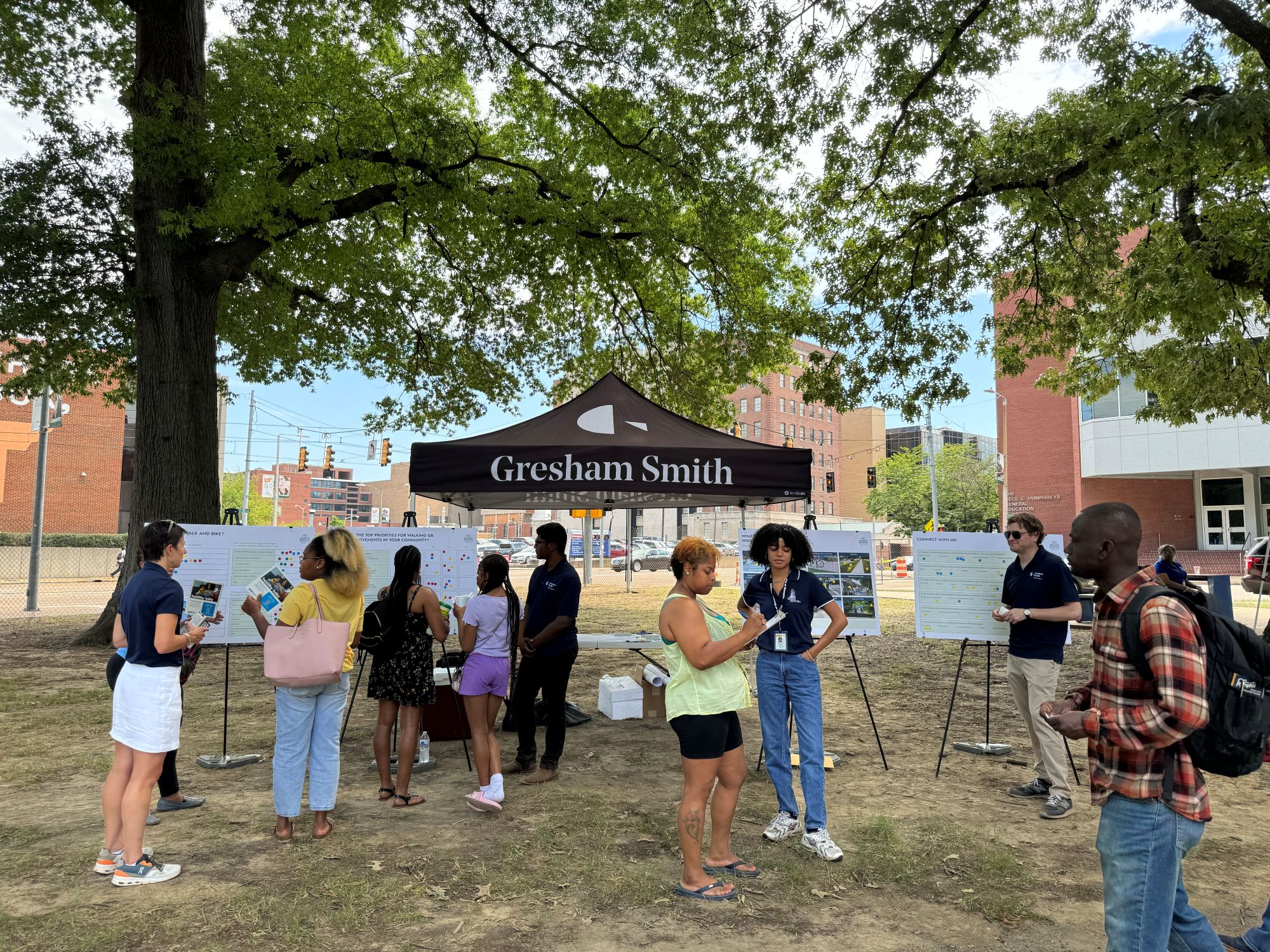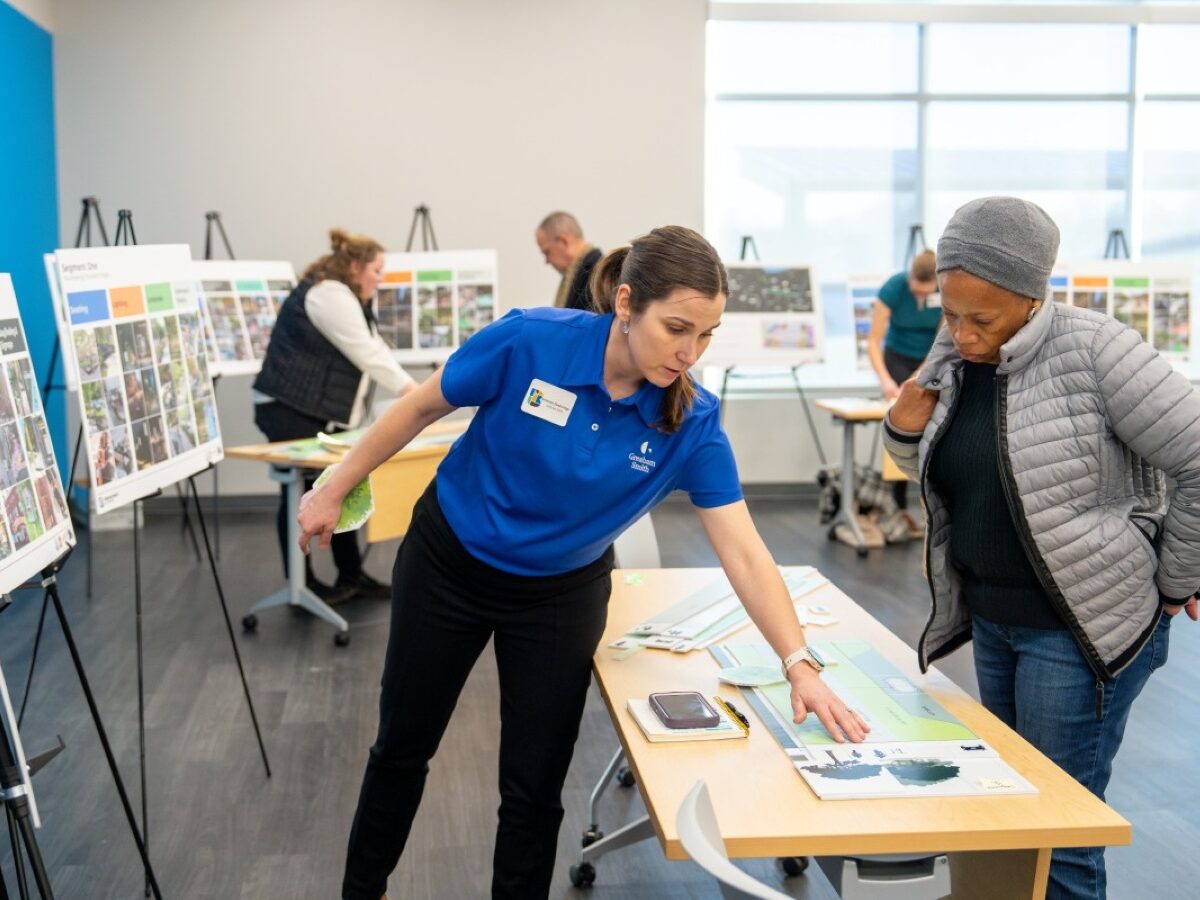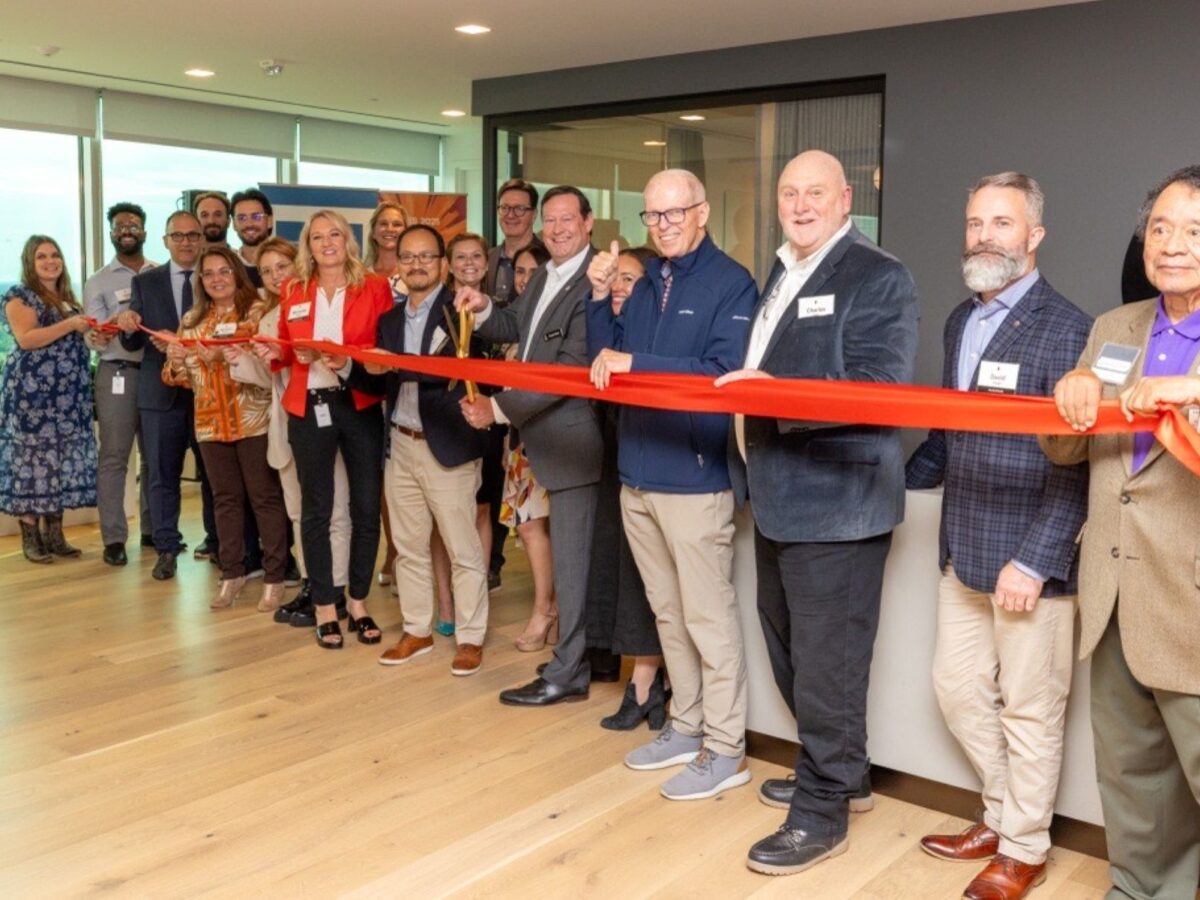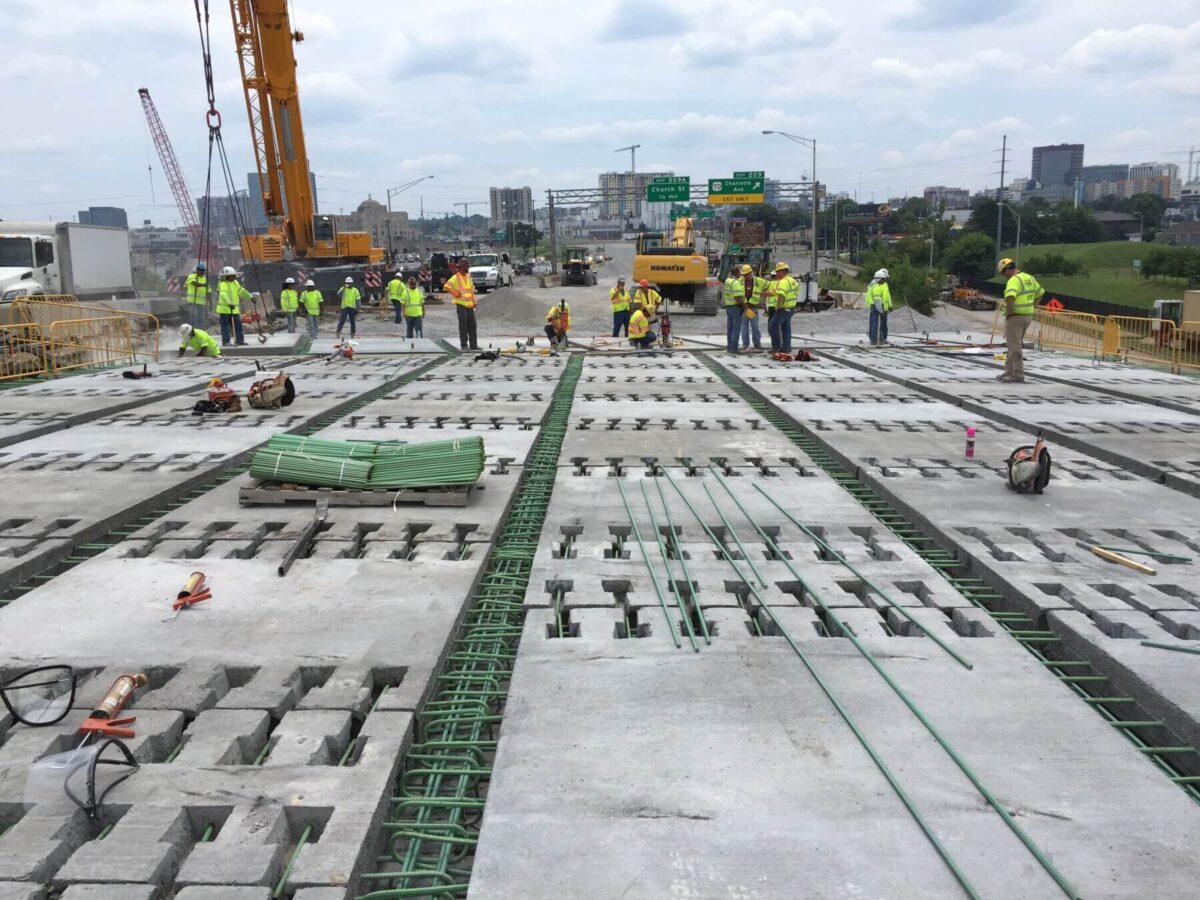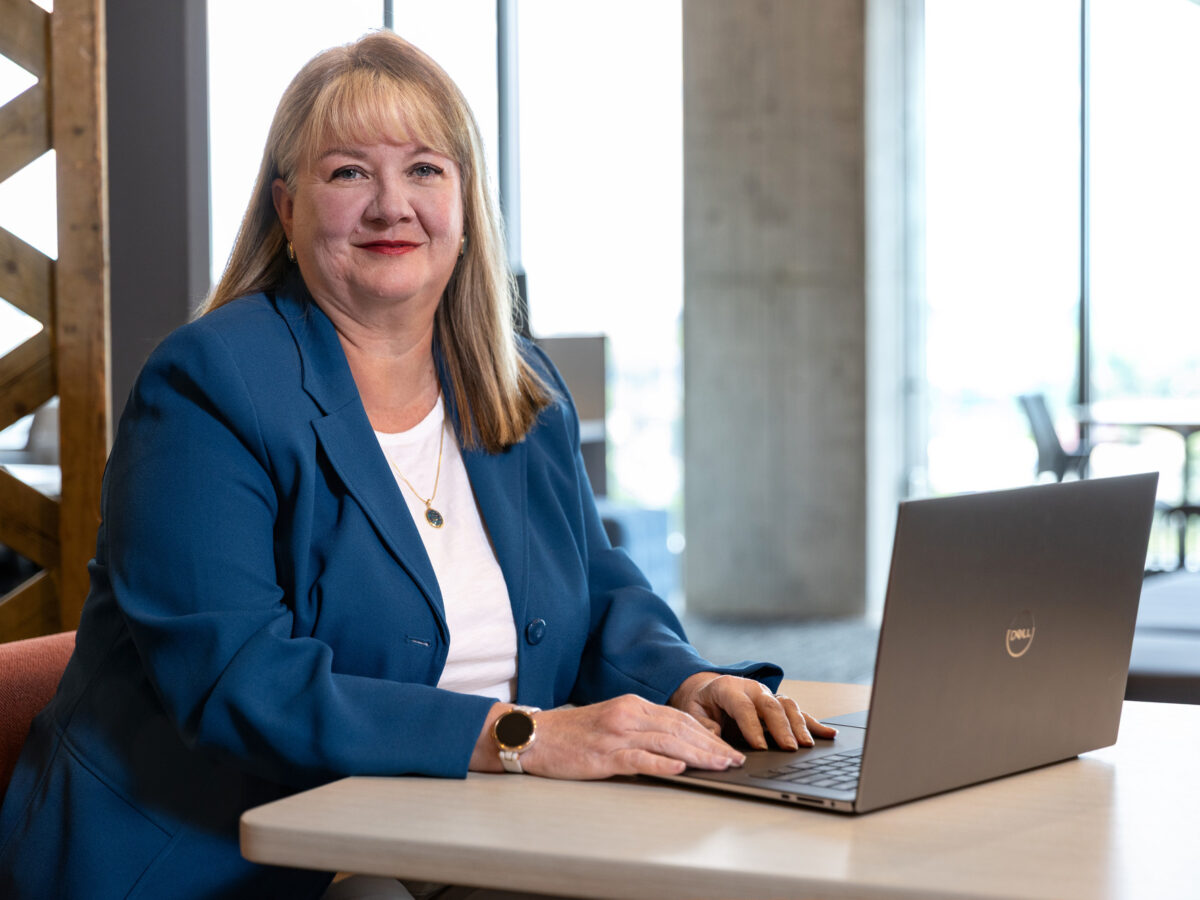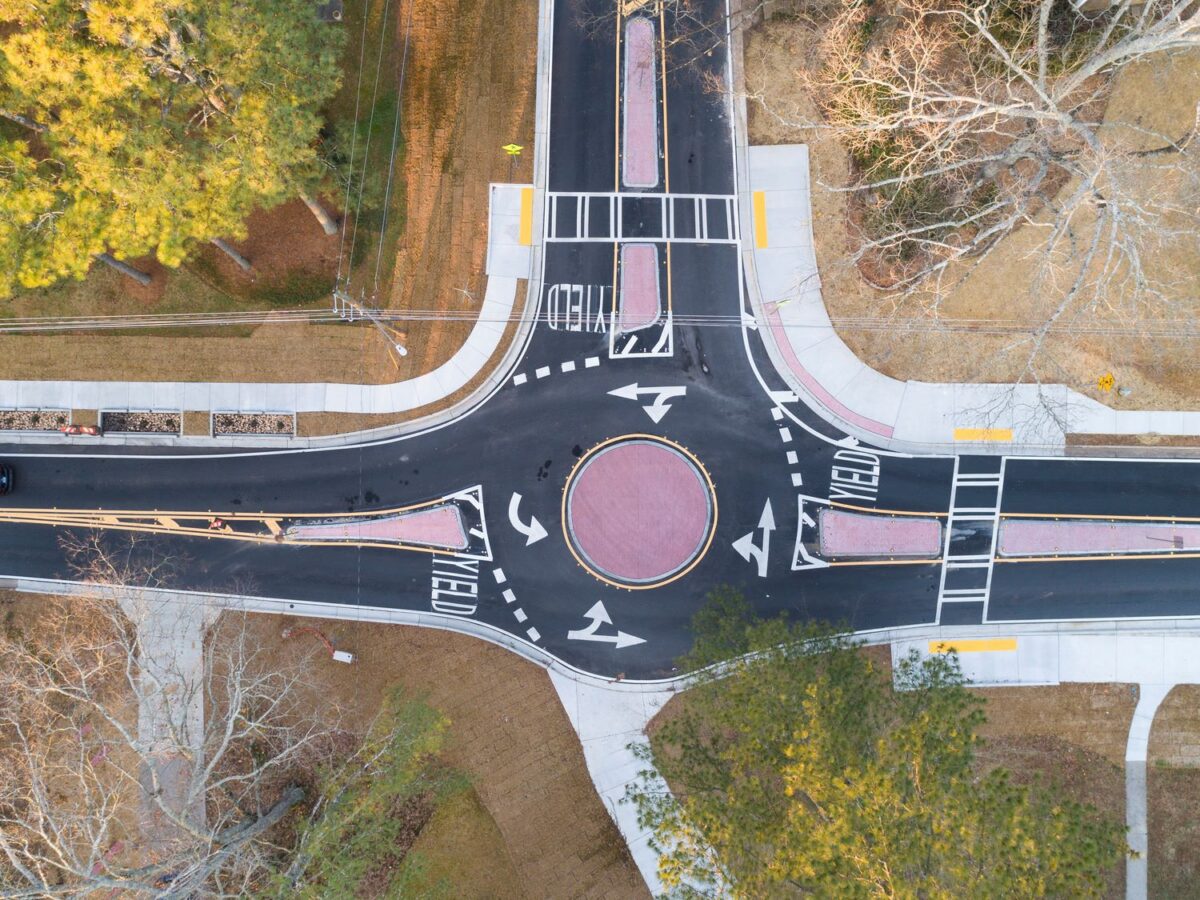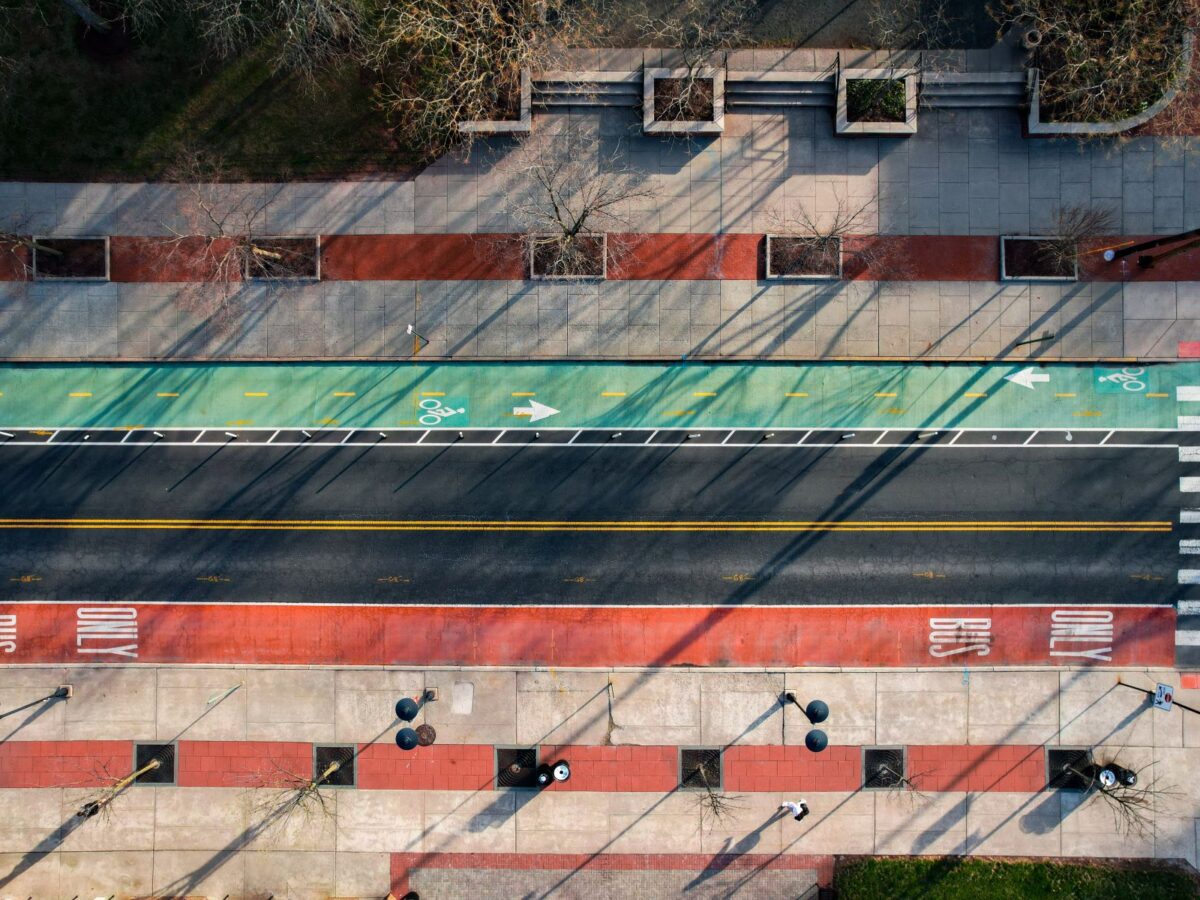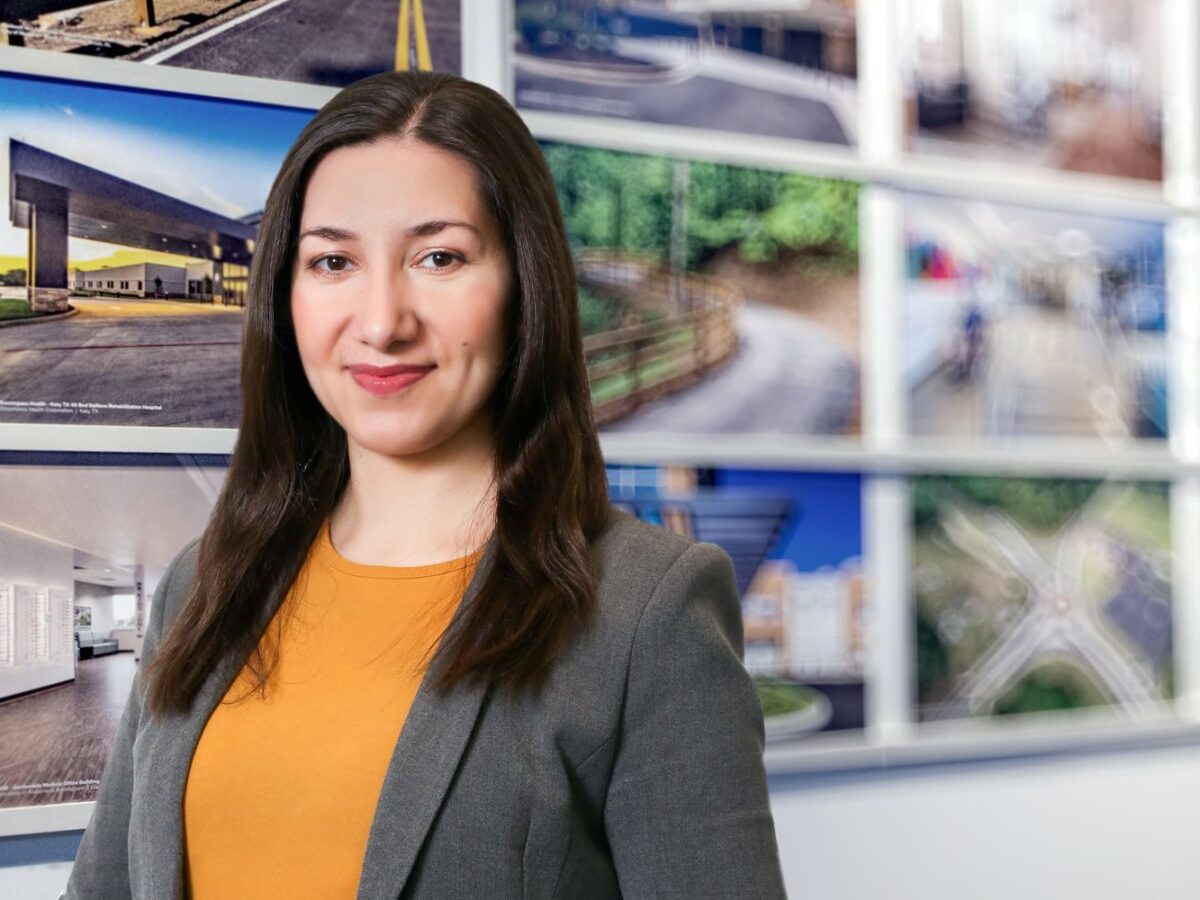From small towns to major cities and entire regions and states, Gresham Smith helps communities realize the benefits of active transportation—projects that make it safer and easier to walk, bike and roll. Our approach focuses on connecting people to the places they live, work and play, while supporting healthier lifestyles and economic vitality.
Every community is different, but our goal is always the same: give people more—and better—choices for how they move around. Here’s how we’re helping clients across the Southeast turn those ideas into action.
Urban Momentum | Grand Prairie and Dallas
Cities are often leading the way in rethinking transportation networks to prioritize people. In places like Grand Prairie and Dallas, Texas, we’re working hand in hand with local partners to improve safety, fill network gaps, and create continuous walking and biking routes that connect neighborhoods, transit, and destinations.
Our planners conduct thorough existing conditions analyses to examine the state of active transportation in the built environment. Beginning with reviewing demographics such as population density and vehicle analysis, our planners typically review the types of destinations people are trying to reach such as community facilities, jobs, schools, and parks, and overlay that against existing sidewalks and bicycle infrastructure. We next look at anticipated conditions based on that community’s comprehensive plan for growth in the future with respect to land use, transportation, and development. Collectively, this informs a robust propensity model that we use to identify the best opportunities to integrate active transportation into busy urban environments. This is demonstrated through our work on the Grand Prairie Bicycle Master Plan.

Regional Collaboration | Memphis
Active transportation doesn’t stop at city or county limits. In the Memphis area, we’ve helped communities take a regional view of walking and biking connectivity across three states—Tennessee, Mississippi and Arkansas—bridging jurisdictions to deliver seamless, equitable options for all users.
Developing the Memphis Regional Pedestrian and Bicycle Greenprint Plan required a significant level of regional coordination, which included two Metropolitan Planning Organizations (MPOs), 26 local jurisdictions—including counties, three state Departments of Transportation (DOTs), and area non-profit and advocacy groups. Establishing a shared vision among such a wide array of stakeholders was critical to aligning priorities, program and policy standards, and funding strategies to ensure the plan could be implemented effectively across a range of local contexts. This extensive coordination helped link existing and planned infrastructure into a cohesive regional network, all while building upon capacity from previous regional planning efforts.
Community voices were at the heart of the process. Our outreach and engagement strategy emphasized meeting people where they are—through pop-up events and accessible online tools—and using existing communications channels to get the word out. Stakeholder engagement was more targeted and emphasized quality over quantity, specifically in-depth stakeholder roundtables with MPO partner agencies. The result reflects not just infrastructure needs, but community values and aspirations.
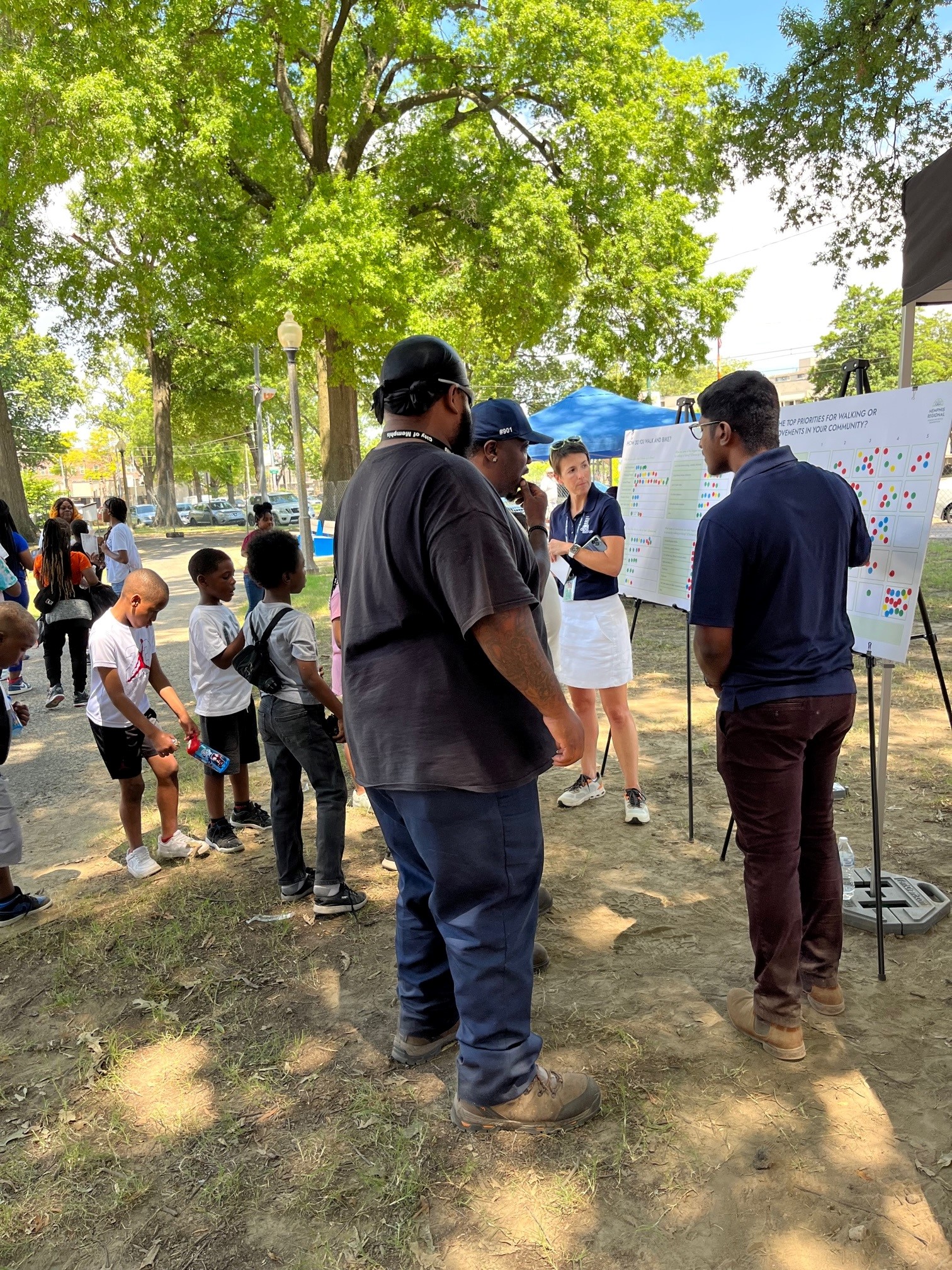
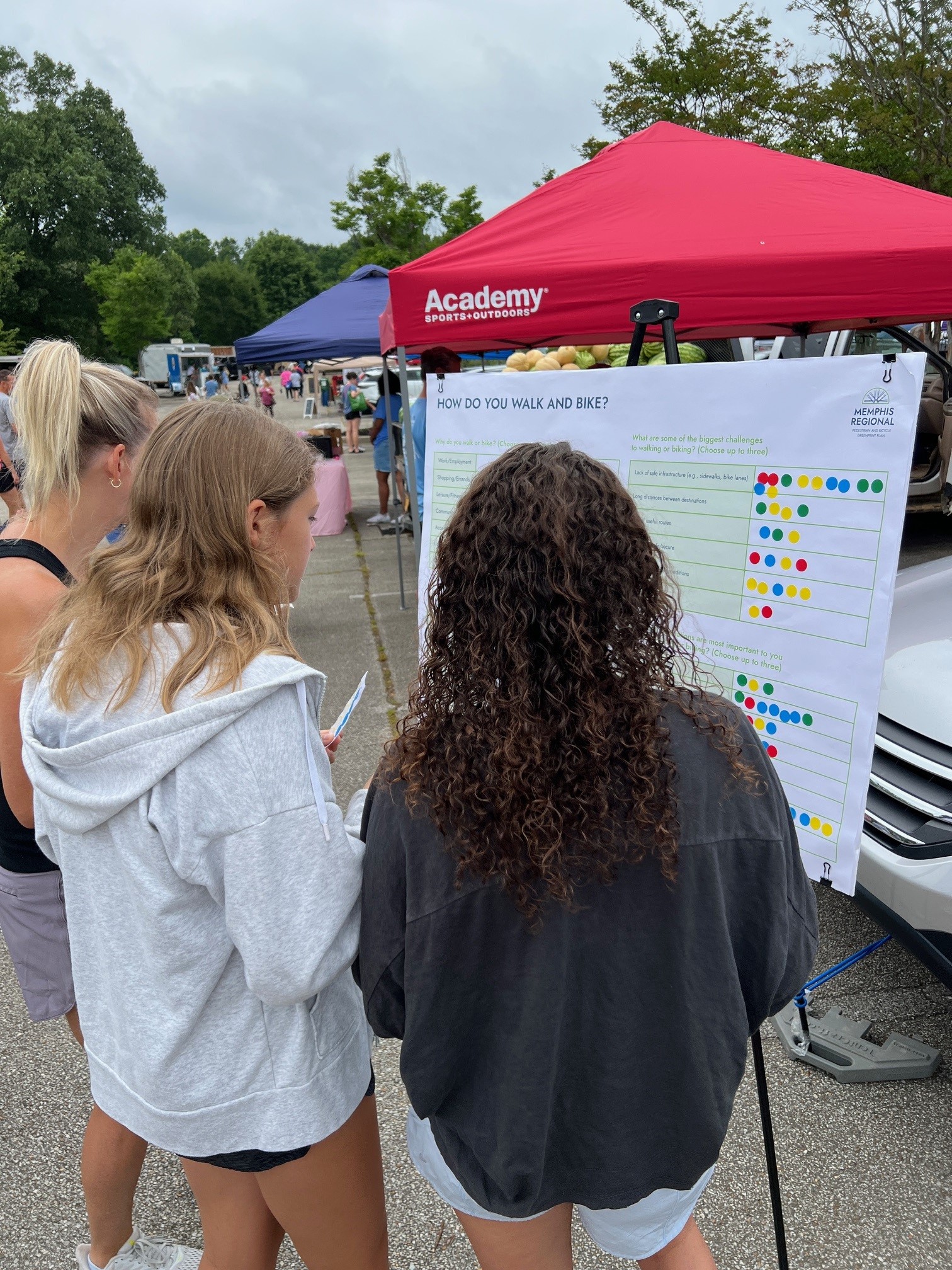
Connecting urban, suburban and rural contexts was another major focus. The plan envisions a seamless regional network of bikeways and shared-use paths to connect people to green spaces, activity centers and each other. It unites rural trails with urban streetscapes and small towns with city centers. To this end, our team examined flexible solutions including road diets, using existing parklands, and locating greenways along utility and floodplain easements. We breathed life into the recommendations through a series of “catalyst project” cutsheets that highlighted not only best design practices but also projects that would move the needle on the key priorities of the plan.

Statewide Vision | ALDOT Active Transportation Planning
In Alabama, we’re supporting the Alabama Department of Transportation’s (ALDOT) efforts to build a statewide framework for active transportation. This initiative goes beyond individual projects—it’s about creating a consistent, data-driven approach to walkability, bikeability, and safety across the entire state.
The Statewide Bicycle and Pedestrian Plan tells the story walking and biking needs across the state, and how the walking and biking are critical means of transportation for all types of users. This includes everyone from recreational cyclists, to people without access to a vehicle, to college students who want to walk or bike to a nearby campus.
On a statewide scale, it’s not possible to get into the details of where every single sidewalk or bike lane should be constructed. Instead, the Statewide Bicycle and Pedestrian Plan provides a flexible framework for cities and counties to identify the optimal walking and biking facilities for their unique communities, with a focus on user comfort and safety. The Bicycle and Pedestrian Plan also affirms Alabama’s commitment to multimodal transportation to address travel for both recreation and daily needs. The plan commits to ALDOT to continued collaboration with state agencies, MPOs, counties, cities and non-profits to help create a safer and more connected walking and biking network across the state.
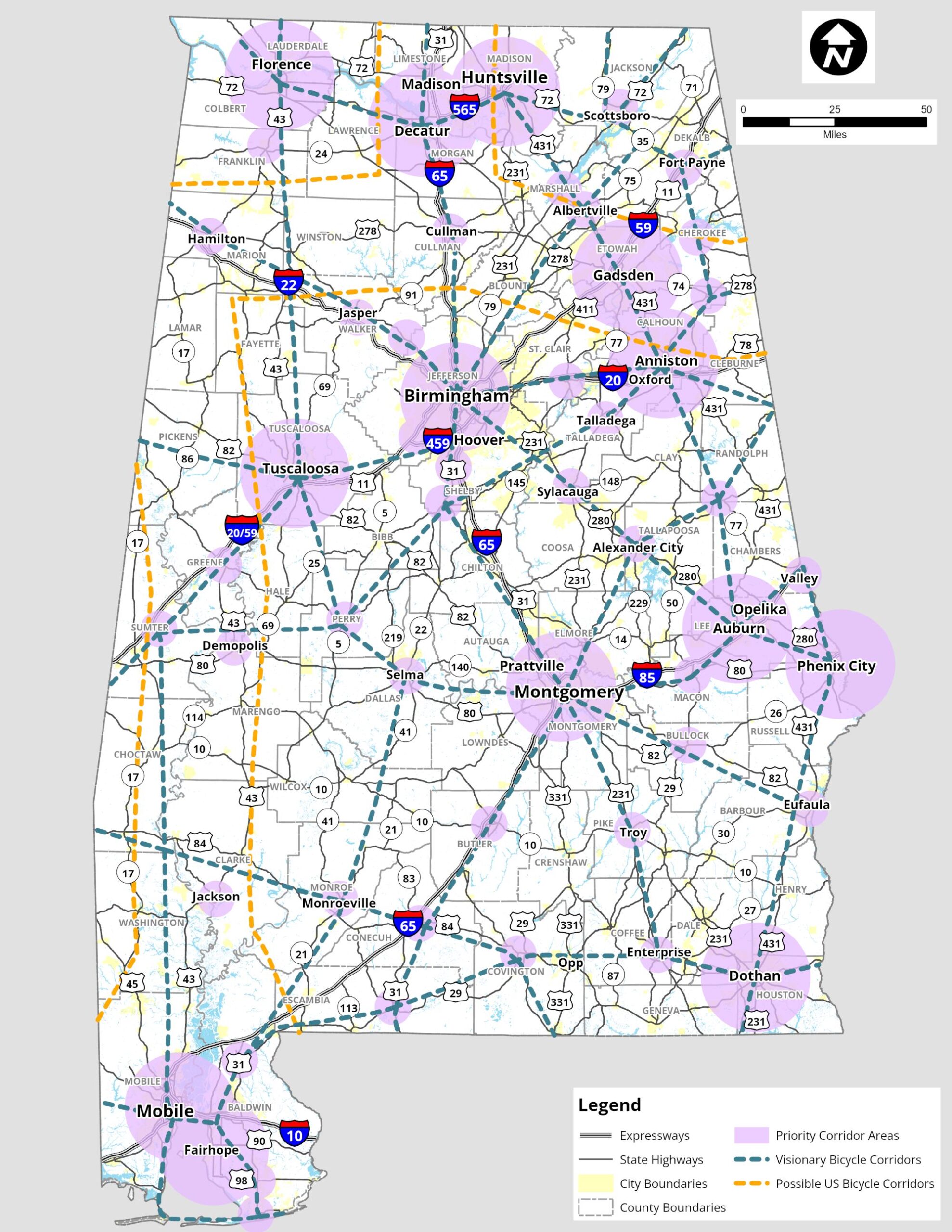

Charting What’s Possible | Cobb Trails
In Cobb County, Georgia, Gresham Smith prepared an initial Greenway and Trails Master Plan that is now defining the next phase of the region’s trail system through feasibility studies that connect the community’s vision with practical design and funding paths. It’s an example of how early planning can lay the groundwork for projects that genuinely transform how people move.

Cobb County’s Greenways & Trails Master Plan looked at strategies for connecting all four quadrants of the county—Lake Allatoona to Kennesaw Mountain to the Chattahoochee River—with a robust network of greenway trails and multi-use paths along roads. The plan included design guidelines for five types of trail facilities and identified eight priority projects to advance further design and implementation in the short-term. The County took an approach of prioritizing those projects for “scoping” or feasibility studies to explore potential alignment and identify next steps in the design process. In the seven years since the plan was adopted, Cobb County has advanced five of the eight Priority Projects for further study and/or design – including the Allatoona Creek Greenway, Austell-Powder Springs Road Trail, Chattahoochee River Trail, Noonday Creek Trail Extension and the Silver Comet Connector.
Feasibility studies are important steps in the design process because they allow teams to hone in on a specific project area, do more detailed fieldwork and ”truth” findings from the initial master plans or studies. Our planners, designers, and landscape architects work hand-in-hand to examine challenges and constraints, assess feasibility, develop preliminary concepts, prepare planning-level cost estimates and gather community feedback. Our team also helps identify potential funding sources and implementation phases, support funding applications, and set up local agencies to advance projects to the next phases of design and implementation.
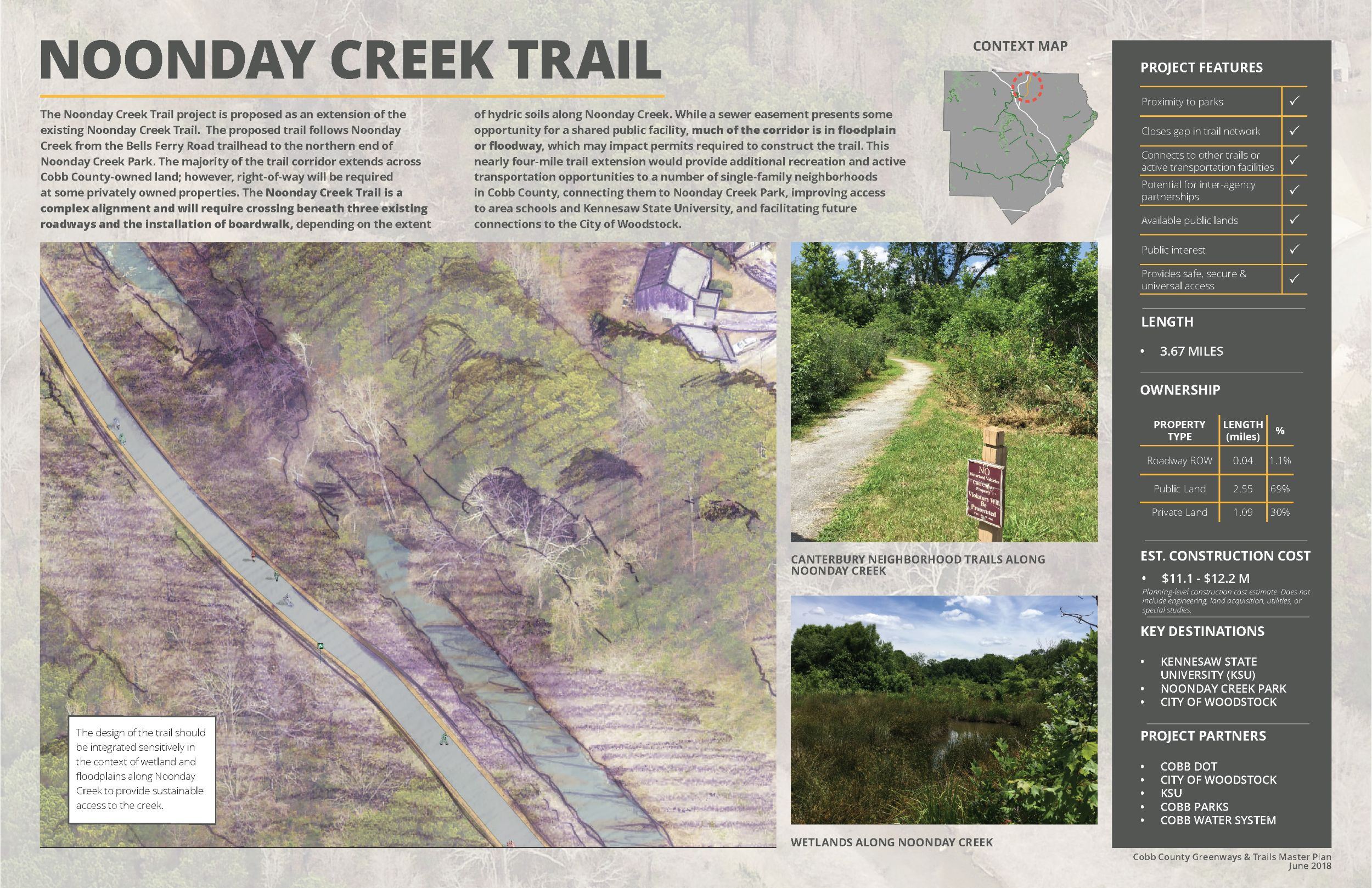
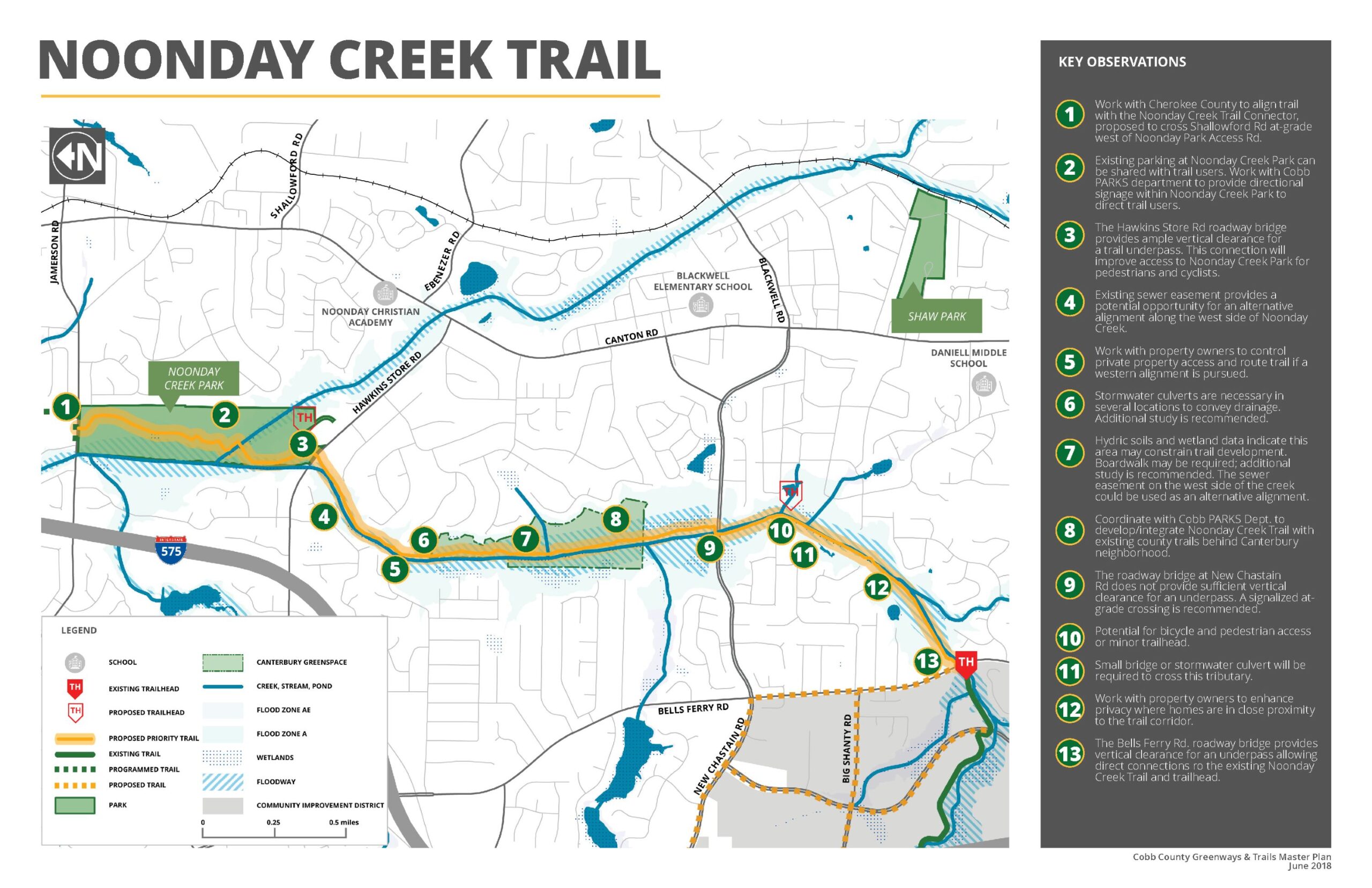
The feasibility study stage also enables teams to explore and refine ideas, iterating potential concepts, testing the waters with community members and stakeholders, building a better understanding of the purpose of the project and tying it to community priorities. We make a point of meeting people where they are—not just holding public meetings, but going to community events, talking with folks in parks and on trails. This, in turn, helps identify champions and can build momentum and support for implementation. Graphics, conceptual designs, and other outputs from these studies can also support grant and other funding applications, be used to help facilitate discussions with elected officials and decision makers.
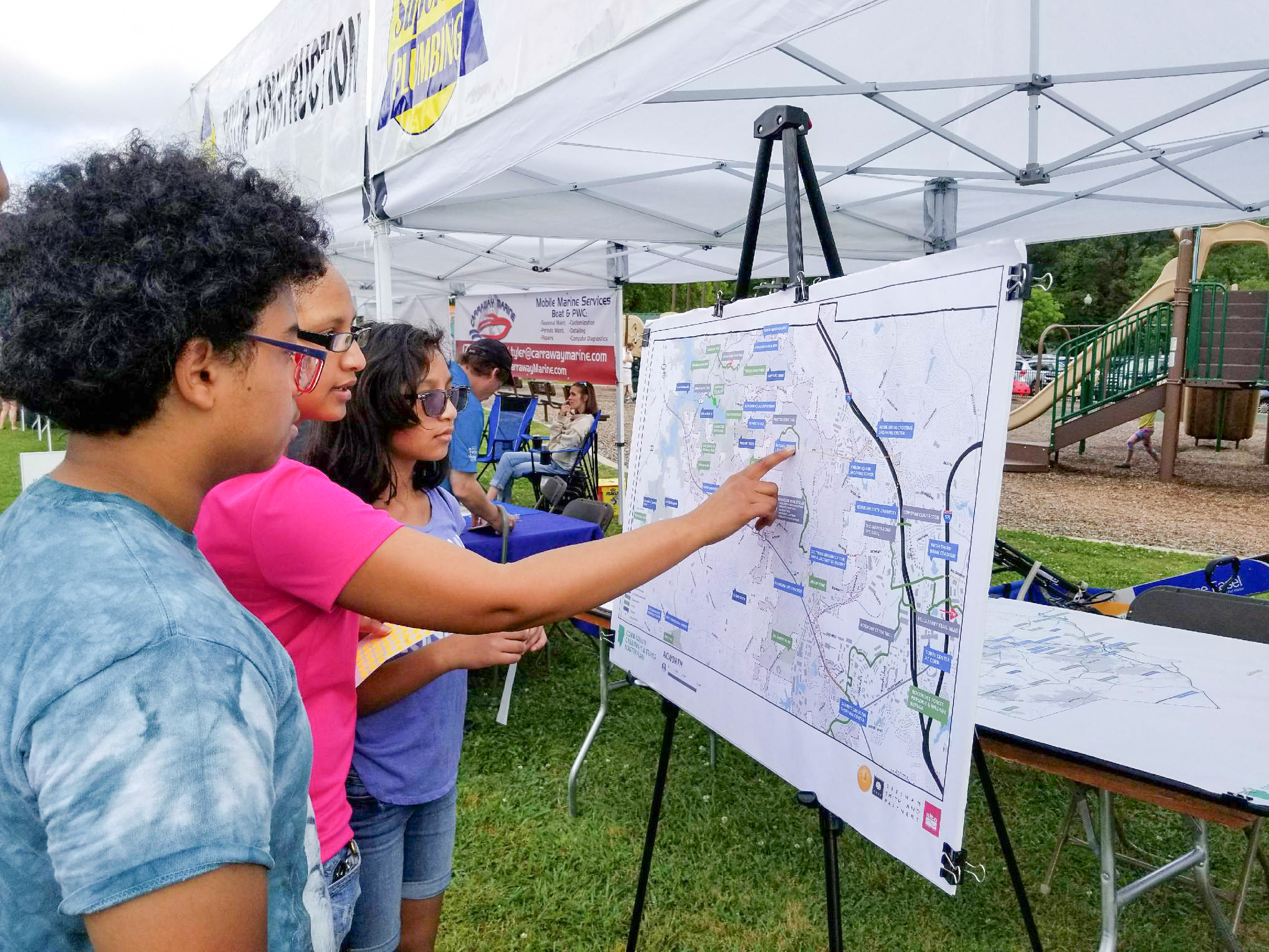
Empowering Every Step and Every Ride
Active transportation planning is more than just drawing lines on a map—it’s about creating opportunities for healthier, more connected and more vibrant lives. Whether we’re developing statewide policy or designing a single protected trail, Gresham Smith is helping communities make active transportation a core part of their future.
